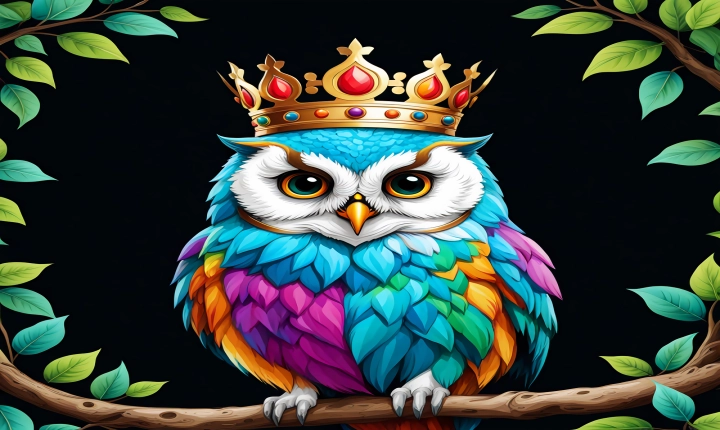Is AI Real Art?
Art has been a fundamental aspect of human expression for thousands of years. From cave paintings to Renaissance masterpieces to modern abstract works, the concept of art has continuously evolved and expanded to encompass a wide range of forms and styles. Now, with the advent of artificial intelligence (AI), the question arises: can AI be a creator of real art?
At its core, art is often regarded as a reflection of human emotion, imagination, and creativity. It is a medium through which individuals convey their unique perspectives and experiences, often using various techniques and mediums to bring their visions to life. However, with the advancement of AI technology, machines are now capable of producing visuals, music, and even literature that can be indistinguishable from the works of human artists.
One of the most well-known examples of AI-generated art is the well-publicized sale of a digital artwork created by an AI algorithm for a staggering price at an auction in 2021. This event sparked debates and raised essential questions about the nature of art, creativity, and authorship. Can a piece of art created by an algorithm truly be considered as genuine as that made by a human hand and mind?
Proponents of AI-generated art argue that the process itself can be seen as a form of creativity. They contend that the algorithms used by AI to create art are programmed by humans, and the final output still reflects the human input and choices made during the development of the program. They also highlight the potential for AI to explore new aesthetic possibilities and push the boundaries of traditional art forms, offering novel perspectives and innovation.
On the other hand, critics of AI-generated art argue that true artistic expression involves a level of emotional depth, intention, and consciousness that machines simply cannot possess. They contend that art is deeply intertwined with the human experience, and the act of creating art is a deeply personal and subjective endeavor that relies on human experiences, emotions, and perspectives.
Moreover, the commercialization and commodification of AI-generated art raise ethical questions about the art world and the meaning of creativity. Does the commercial success of AI-generated art diminish the value of human-created art, or does it open up new opportunities for artistic expression and collaboration?
It is important to recognize the potential of AI as a tool for creative exploration and expression. The integration of AI in the art world can offer new opportunities for artists to experiment with technology, collaborate with machines, and explore uncharted artistic territories. However, it is also crucial to acknowledge the unique human qualities that underpin the creation and appreciation of art and to preserve the significance of human creativity and expression in the face of technological advancement.
In conclusion, the debate about whether AI can produce real art is a complex and multifaceted issue that intertwines technology, ethics, and human creativity. While AI-generated art may challenge traditional notions of authorship and creativity, it is crucial to consider the role of the human experience and emotion in art. Ultimately, the integration of AI in the art world should be approached with careful consideration and respect for the enduring value of human creativity.
